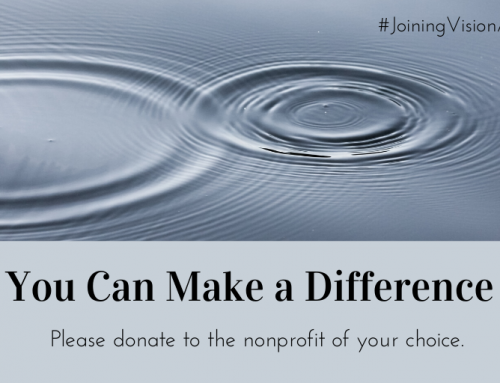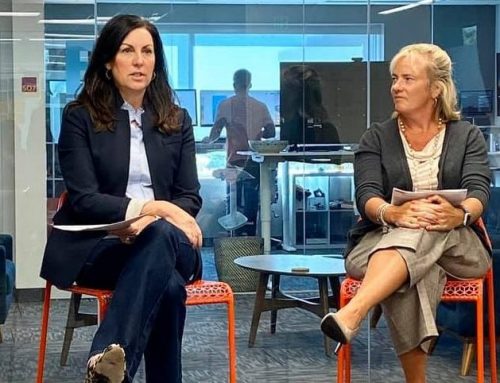By Jennifer Wolf, MPH, Joining Vision andAction Director of Business and Partnership Development
Why is strategic partnership development so important?
Here at Joining Vision and Action, we are firm believers in implementation science, or taking scientific concepts and making them usable. In the nonprofit world, this idea of research and best practices can be applied to strategic partnership development. What can the “egghead researchers” teach us about this concept that will help to build stronger existing partnerships and create new relationships that benefit our organizations and communities?
First of all, let’s define partnership. It is “a collaborative relationship between entities to work toward shared objectives through a mutually agreed division of labor.” Next, figure out who are your existing and potential strategic partners: Each type of partner presents opportunities for collaboration to ensure that gaps in services, resources and programs are being addressed. By forming coalitions and alliances, partner organizations accomplish the following: While there are obvious benefits to attracting like-minded partners, it is also important to get out of the echo chamber. To achieve certain outcomes, gathering diverse voices may be a more effective strategy. For example, when official governmental agencies partner with grassroots organizations to gather community input. However, just as we consider cultural competency when dealing with our clients, we must also consider the factors that affect the perspectives of our partners. [3] Is it time for your organization to get a fresh perspective? Contact us if you’re looking for a strategic partner for a grant or program opportunity. We can provide the framework to help you build lasting and productive relationships. [1] National Resource Center in 2010. Partnership Frameworks for Working Together. http://www.acf.hhs.gov/sites/default/files/ocs/partnerships.pdf [2] http://www.health.state.mn.us/divs/hpcd/chp/hpkit/pdf/p hase2.pdf [3] http://ww2.wkkf.org/Pubs/CustomPubs/CPtoolkit/cptoolkit/Sec1-Comprehensive.htm







Leave A Comment